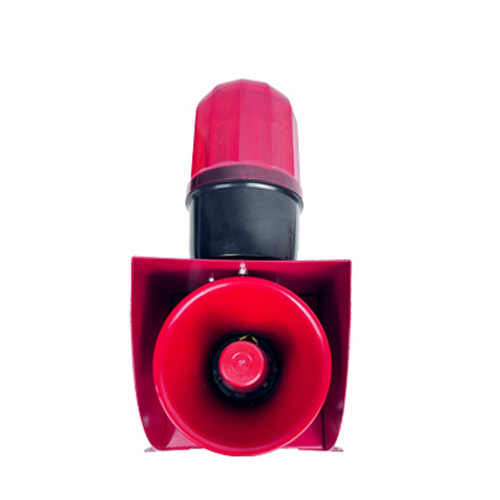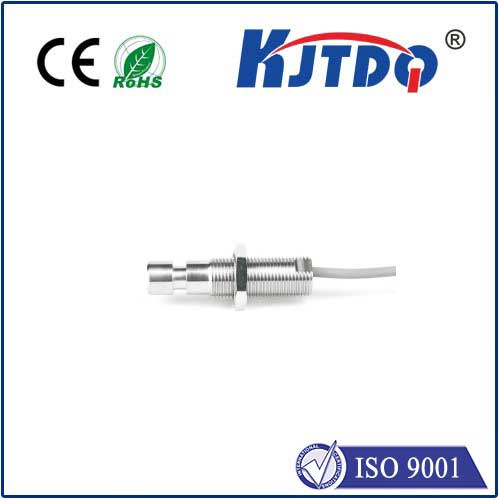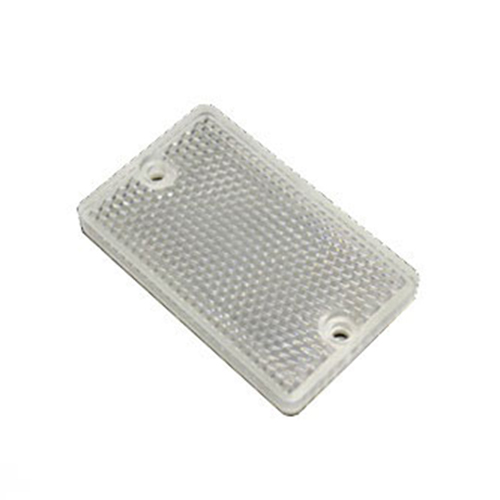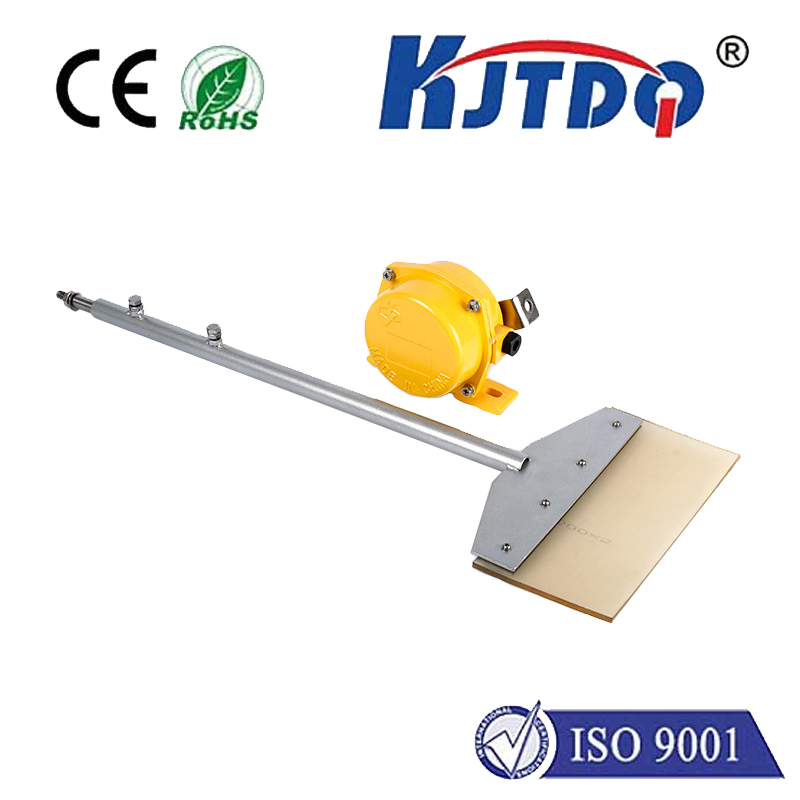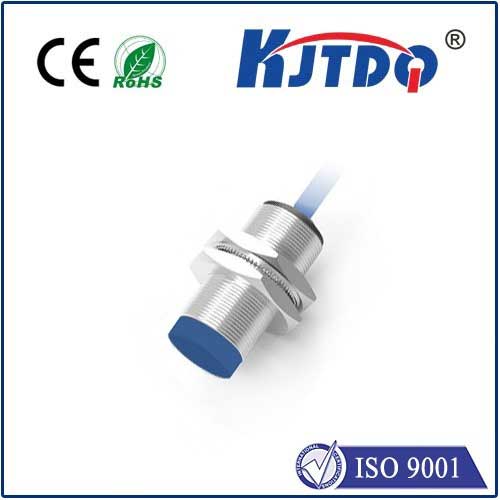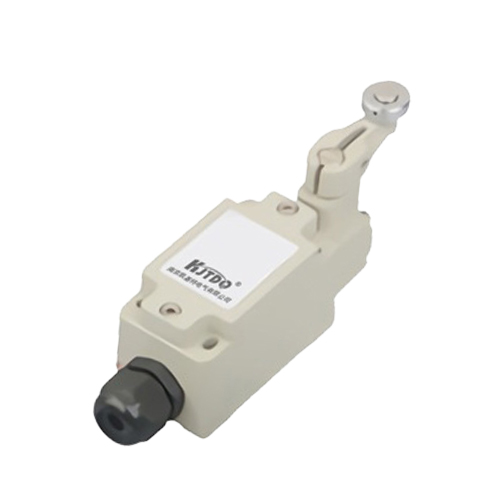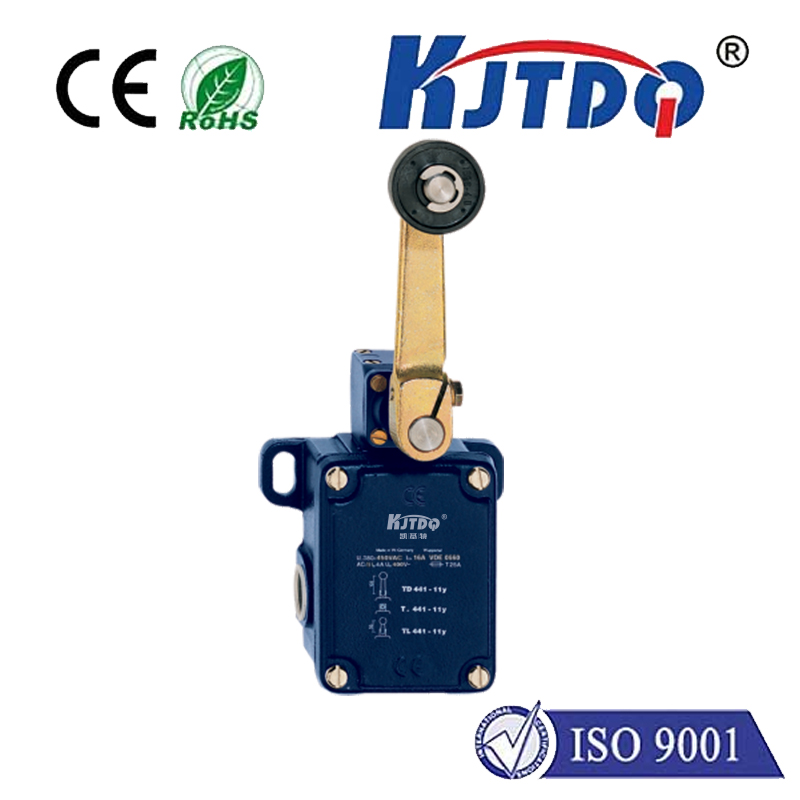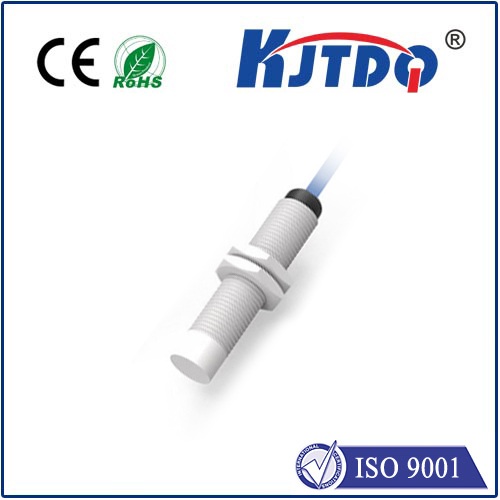

check

check

check

check

check

check

check

check

check

check
Imagine this: a shipment of premium cherries, meticulously harvested at peak ripeness, embarks on its journey across continents. Weeks later, it arrives at its destination. But instead of plump, vibrant red jewels, the boxes reveal soft, spoiled fruit. The culprit? Undetected temperature fluctuations during transit, silently destroying value and disappointing consumers. This scenario, heartbreakingly common, underscores why precision temperature monitoring, especially with solutions like Rees systems, is not just beneficial – it’s absolutely critical for the perishable goods industry.
In the high-stakes world of fresh produce, seafood, pharmaceuticals, and countless other temperature-sensitive products, maintaining an unbroken cold chain is paramount. Even brief excursions outside the optimal temperature range can trigger irreversible quality degradation: accelerated ripening, texture loss, flavor impairment, increased susceptibility to decay, and heightened food safety risks. These post-harvest losses translate directly into massive financial waste and missed market opportunities. Traditional temperature monitoring methods – manual checks, basic data loggers reviewed after the fact – often fail to provide the real-time visibility and actionable insights needed to prevent such losses effectively. This is where Rees temperature monitoring systems step into the breach.
So, What Exactly Sets Rees Temperature Monitoring Apart?
Rees systems represent a significant evolution beyond rudimentary temperature tracking. At their core, they leverage advanced wireless IoT (Internet of Things) technology to create a comprehensive, interconnected monitoring network:

Why Precision Temperature Monitoring Drives Tangible Value
Implementing a robust Rees temperature monitoring system delivers profound benefits across the supply chain:
Rees Monitoring in Action: Beyond the Hype
The real-world impact is tangible. Consider packhouses replacing cumbersome manual logging with wireless Rees sensors, gaining instant visibility into every cold room and alerting managers the moment a door is left ajar too long. Picture logistics companies equipping entire fleets, allowing dispatchers to monitor truck temperatures continent-wide and reroute shipments proactively if a reefer unit malfunctions. Imagine exporters confidently shipping high-value berries using data from Rees monitors inside pallets to prove optimal conditions were maintained throughout transit, ensuring premium payment upon delivery. These are not hypotheticals; they are current applications actively minimizing loss and maximizing value.
Implementing Rees Temperature Monitoring Effectively
Adopting such technology requires thoughtful planning. Key steps include conducting a thorough assessment of your specific cold chain vulnerabilities and objectives – where are the greatest risks? Choose the Rees sensors and communication architecture best suited to your operational environment (warehouse density, transport routes). Critically, integrate the temperature monitoring data with existing systems like Warehouse Management Systems (WMS) or Transportation Management Systems (TMS) for a unified operational view. Finally, ensure relevant personnel are trained on the platform, understand how to interpret alerts and data, and are empowered to take swift corrective action. Setting clear, well-defined temperature thresholds and alert protocols is essential to avoid alert fatigue while ensuring critical issues are immediately addressed.
In an industry where freshness equals value and safety is non-negotiable, leaving temperature stability to chance is no longer viable. Rees temperature monitoring systems provide the critical technological backbone for resilient, transparent, and high-performing cold chains. They transform temperature management from a passive recording exercise into an active, intelligent safeguard protecting quality, ensuring safety, reducing waste, and ultimately, preserving profitability across the delicate journey of perishable goods.

